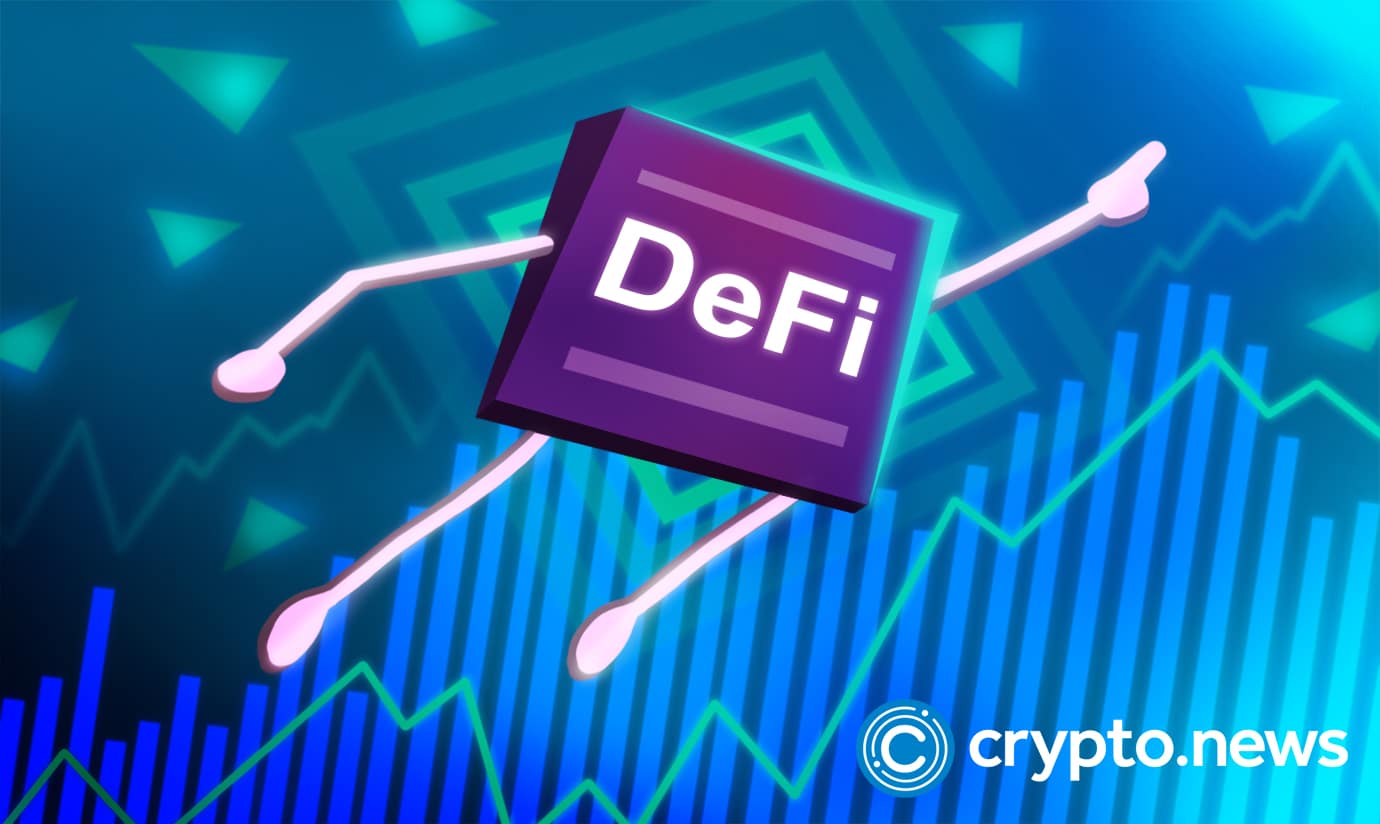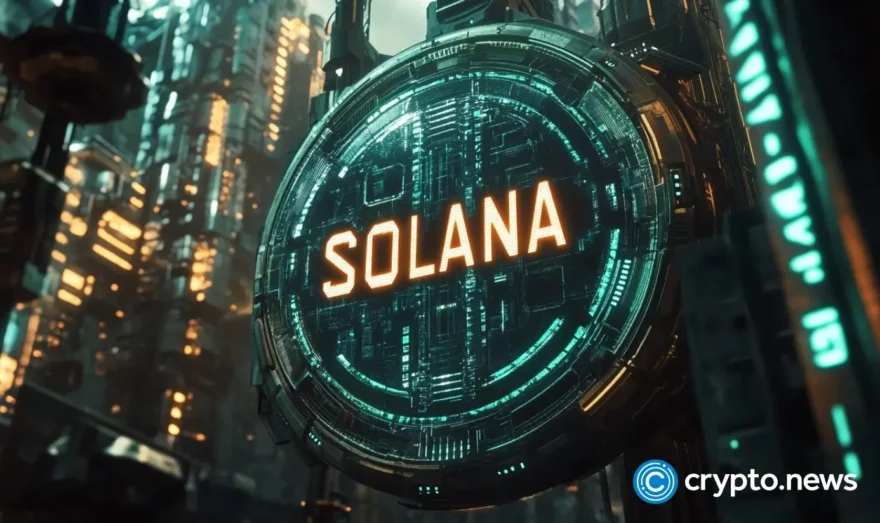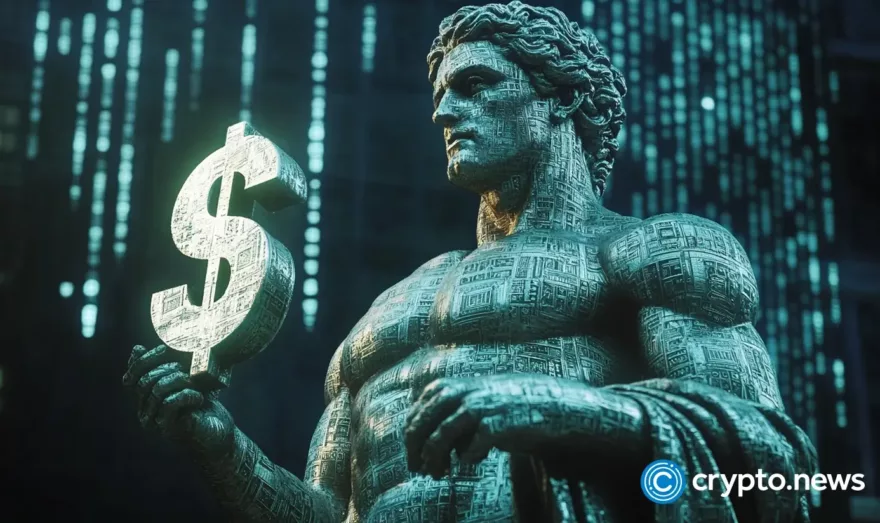Is Decentralized Finance the Answer for a More Democratized Financial System?

The mainstream financial system has failed us time and time again; from the Dot Com Bubble to the devastating Subprime Mortgage Crisis. This is unsurprising given that the system was designed specifically to move at the whims of the upper echelons of the trading community whose movements (or lack thereof) ultimately decide the fate of smaller traders seeking a slice of the cake. Indeed, checks and balances have been put in place to cushion the impact of the financial system’s violent swings, yet we have seen from numerous financial crises that these are not enough. Humans are not, after all, infallible.
Blockchain and cryptocurrencies such as Bitcoin, which experienced their zenith between 2017 and 2018, provided the promise of a new way of approaching money and conducting transactions with greater transparency and immutability. Nonetheless, crypto, despite being promising, also fell victim to the same failings faced by Wall Street – the very institution it promised to disrupt.
In 2020, a new concept has emerged, one that claims to combine mainstream financial services with the immutability of blockchain topped with machine-learning data that provides objectivity when conducting all manner of transactions, particularly trading. Decentralized finance, also known as DeFi, aims to democratize the financial market without the rabidly speculative nature that haunted the 2018 ICO markets. Through the use of AI, big data, and smart contracts, firms in the DeFi sector are reviving the vision of crypto pioneers who wanted to see a change in the way our financial systems work.
2017 with a twist?
As with all new concepts, enthusiasm runs high when a new idea is first introduced, especially when they claim to shake the status quo. This was what led to the ICO boom in 2017 and 2018 when cryptocurrencies became the non-conformist buzz word for challenging the inefficiencies that exist in the modern financial system. During this time, startup projects in crypto sprouted like grass for all manner of uses from peer-to-peer lending to raising virtual pets – all of which were catapulted by the intriguing value proposition provided by the crypto community at the time: the possibility of profiting from investments without the limitations set by intermediaries. There was no doubt that crypto during this time showed tremendous potential.
Then the crash happened in late 2018. Users lost interest, investors failed to see substantial returns, and regulators came knocking. Some attributed to this tragedy to the volatile nature of cryptocurrencies while others point out the negligible trading volumes of those purchasing cryptocurrencies at the time, particularly in Asia. Explanations vary between analysts, yet one underlying theme aptly summarizes crypto’s fall from grace: the general lack of understanding among investors, users, and regulators alike. It was crypto’s enigmatic nature that truly held it back from flourishing.
While crypto has somewhat recovered since the crash, the emergence of DeFi calls into question whether another bubble like that of 2017 will occur as the community moves away from one speculative crypto market, determined purely by market forces, to that managed by more sophisticated tools such as AI and smart contracts. According to Chief Information Officer Renato Barba from MachinaTrader, a company that develops AI from crypto trading, this is not the case.
“The main difference now is that DeFi projects, whose codes are visible to the public, are solely enabled by smart contracts which make them more trustworthy to investors,” said Mr. Barba. “We should also take into account that the crypto market has become more established since 2017 and has therefore matured.”
He also adds that unlike the time during the ICO bubble, DeFi projects are held into account by external code audits which are conducted to validate the legitimacy of their smart contracts. This assures both users and investors of a project’s credibility and decreases their risk of falling victim to dysfunctional or fraudulent schemes.
Rectifying the shortcomings of the status quo?
While DeFi functions using the same distributed ledger technology used by most crypto projects that emerged during the 2017-2018 boom, proponents of the technology claim that DeFi operates in a fundamentally different way. This is particularly important given its goal of providing alternatives to mainstream non-crypto financial service providers as well as highly speculative pseudo platforms that are littered throughout the crypto sector. The key difference has been attributed to the use of AI and smart contracts which are supposed to create a more fool-proof way of conducting transactions while providing full transparency to ensure that users truly understand the platform they are using – an obstacle which initially prevented crypto from being embraced by the public as a whole.
Yet it is this very sophistication that runs the risk of relegating DeFi as another fad in the crypto sector. Mr. Barba admits that with market maturity comes the need for users to better understand the technical aspects of using a legitimate DeFi platform.
“For regular users, using DeFi platforms for trading or other financial transactions requires users to have greater knowledge of how certain aspects of the technology works, including handling their own wallets through programs such as Metamask,” he said. “Users are therefore more compelled to use centralized exchanges such as Binance and Bitpanda simply because they are easier and more convenient to use.”
In order for DeFi to truly provide the democratization it seeks to offer, stakeholders in the sector must be mindful of the balance between making the technology accessible for all types of users while preserving the sophistication that sets it apart from the overly hyped “solutions” of the crypto boom.
The long and winding road
Undoubtedly, DeFi presents many of the same promises pledged by the initial crypto projects, namely with regard to providing better alternatives to accessing financial services. However, as a very young sector, it must confront the hindrances it faces in order truly realize the vision of the crypto pioneers of a democratized financial system. Principal to this is making platforms accessible to the general public by making its processes, and the way they can benefit from DeFi, easy to understand and be familiarized with in the same way that the internet has become ubiquitous among users around the world. This is not only crucial for users, but also DeFi’s more cautious actors such as investors and regulators whose decisions will be swayed based on their understanding of the technology. It is therefore important for those in the DeFi sector to engage with their stakeholders to spread awareness and insight into the merits of the technology.
Finally, the DeFi sector must capitalize on the trustworthiness it promises its users – something which has diminished for blockchain technology as a whole following the crypto crash. The sector must define trust-building measures and overcome the ongoing hype that attracts bad actors whose unscrupulous actions jeopardize the emergence of this promising technology.
DeFi may truly be the very thing that democratizes the financial system that has let us down numerous times. But until it overcomes the challenges ICOs in 2018 could not, it will become nothing more than a vision that will see its end as a fad.













